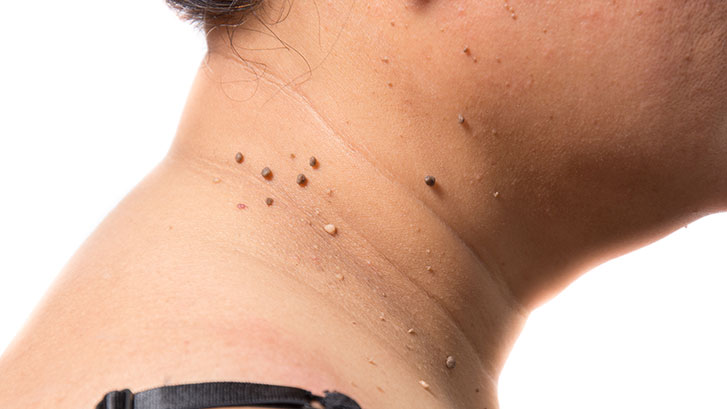Understanding the Mole Removal Process
Moles are not only visually distracting, but these growths can also pose health risks to patients with this skin condition. They emerge as groups of heavily pigmented skin cells either raised above the skin’s surface or flat in appearance and shape.
While most are benign, some patients develop malignant melanoma. Although, doctors remove most moles for cosmetic reasons. If you have a mole and have some questions, this article will discuss the removal process and what you can expect while healing.
How Moles are Removed
Doctors treat mole removal with a procedure called shave excision. It involves visiting your dermatologist or plastic surgeon who can perform most mole removal procedures at their office. Here are the steps for mole excision:
Step One: Site Preparation
Like any surgical procedure, a surgical team member will clean the site. For a shave excision procedure, the doctor will then use a tiny needle to inject a numbing medication on the surface of the skin around the mole. That will allow you to remain comfortable during the procedure.
In some cases, the patient may require surgical excision. If your mole requires this procedure, IV sedation will be necessary. That’s because surgical excisions are more like traditional surgery and require the removal of the entire mole from the surface to below the subcutaneous layer of fat.
Step Two: Excision
The process of removing the mole is called “excision.” It involves removing the mole from the surface of the skin while cauterizing the mole’s base. A scab forms over the excision site as new skin grows over the area. In most cases, scarring is undetectable.
During the excision, your doctor will cut around the mole, including a margin of healthy tissue, to help promote healing and ensure complete removal. That way, the doctor doesn’t leave behind pre-cancer or cancer cells.
Step Three: Recovery
Once the doctor removes the mole, the skin might require a suture or a staple to close the skin if the mile is large enough. After the procedure, a staff member will send the organic material to the pathologist.
The pathologist will evaluate the mole tissue and test it for microscopic evidence of skin cancer. Your doctor will also discuss with you what to expect during the healing process.
Healing From Mole Removal
After the procedure, your doctor will send you home with aftercare information. Make sure you keep the bandage clean and dry, especially for the first 24 hours. You can expect healing to take a total of two to three weeks.
If you experience pain, swelling, tenderness, or wound seepage, contact your doctor’s office immediately to schedule a follow-up. There might be unexpected complications the doctor needs to address.
Some risks of mole excisions include:
- Damage to surrounding nerves
- Pain in the area
- Scarring
- Incomplete removal
- Keloid or scar tissue formation
- Incision site infection
- Mole might return
Finding a Doctor Who Performs Mole Removal Procedures
When it comes to your skin, you want a board-certified facial plastic and reconstructive surgeon you can trust. Dr. Binder has a gift of thinking 3-dimensionally, which has translated to numerous successful aesthetic surgical outcomes.
He has revolutionized the field of cosmetic facial procedures by applying his unique skills and these innovative techniques, now used by most plastic and reconstructive surgeons globally.
Do you have a mole that you are concerned about? Contact Dr. Binder’s office to schedule a consultation today to discuss treatment options.

